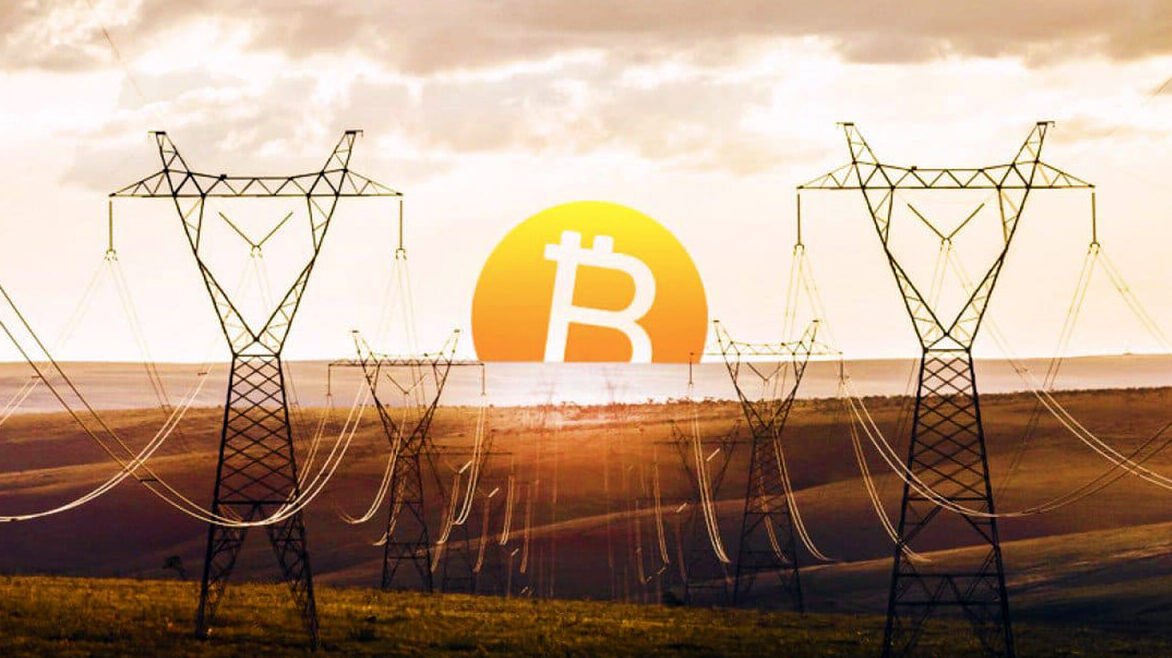At the center of the Bitcoin ecosystem, mining Bitcoin is the essential process that verifies transactions and adds fresh bitcoins into the system. Mining has developed from a basic hobby into a complex business that is essential in preserving the decentralized and trustless character of the blockchain since the pseudonymous developer Satoshi Nakamoto started Bitcoin in 2008. The complexities of Bitcoin mining—including its technological roots, economic dynamics, environmental concerns, and future position in distributed finance—are investigated in this paper.
Bitcoin Mining and Security
Bitcoin mining confirms and adds new Bitcoin transactions to the blockchain, a public record distributed over a network of computers. Miners compete to answer difficult cryptographic riddles using SHA-256 hashes. The first miner to solve a problem gets to add a new block of transactions to the blockchain and earn a block reward of newly created bitcoins and transaction fees. Such an incentive motivates miners to process it, protecting the network against attacks, double-spending, fraud, and each other. The mining process best depicts the trustless Proof of Work (PoW) consensus method in a distributed context. Significant processing and energy consumption ensure Bitcoin’s ledger’s immutability and security.
SHA-256 and Block Header Structure
The cryptographic hash function SHA-256, which turns input data into a fixed-size 256-bit output, drives Bitcoin mining. Miners repeatedly compute this hash by changing a bit of the block header known as the nonce. Their objective is to determine a hash value that is less than a dynamically changed target number determined by network difficulty. This difficulty value guarantees a constant rate of fresh block generation, balancing the constantly rising computational capacity brought by miners.

The block header comprises the nonce, a timestamp, the Merkle root—a merged hash of every transaction in the block—and a reference to the hash of the preceding block. This chaining generates an immutable record that sequentially links blocks to form the blockchain.
ion of Bitcoin Mining Hardware
Early in Bitcoin, anyone with a desktop computer could mine because of the low computational challenge. Sufficient CPUs solved the PoW issues. As more people joined the network, mining became harder, forcing miners to use more powerful GPUs. GPUs boost parallel processing, speeding hash calculations. FPGAs improved energy efficiency, while ASICs spurred the transformation.
We create custom ASIC miners specifically for SHA-256 hashes. Bitmain, MicroBT, and Canaan dominate the ASIC mining industry with devices like the Antminer S19 Pro and Whatsminer M30S++, which give TH/s of computing power with much higher energy efficiency than general-purpose hardware. This rise in mining equipment has contributed to centralization because only companies that can compete profitably in ASICs and have cheap electricity can succeed. Mining farms have gathered in low-energy locations.
Economics of Bitcoin Mining and Energy Costs
Mining’s profitability relies on multiple connected elements. These cover bitcoin’s price, power costs, mining difficulty, and equipment mining efficiency. Currently at 6.25 bitcoins per block (as of 2024), the block reward halves about every four years in a process known as the “halving. This halving method replicates scarcity, which influences demand and miner income while also managing Bitcoin’s supply inflation. For miners, the one biggest running cost is electricity. As a result, many large-scale mining projects seek out locations that offer inexpensive and abundant electricity.
The Sichuan province, which has abundant hydroelectric power, was a hotspot for mining before China’s 2021 ban. Since then, miners have moved to North America, mostly Texas and Wyoming, which provide favorable laws and access to renewable energy sources. Transaction fees also provide additional cash to miners. Fees will become even more important for preserving network security as the block reward reduces with time. This economic change emphasizes how long-term viable Bitcoin’s distributed architecture is.
Bitcoin Mining Environmental Sustainability
The huge energy usage of bitcoin mining has attracted criticism and attention all around. Critics contend that mining fuels carbon emissions and consumes enormous volumes of electricity. Research by organizations like the Cambridge Centre for Alternative Finance, however, shows that a sizable fraction of mining depends on renewable energy—hydropower, geothermal, wind, and solar power, among other sources.

Innovations in environmentally friendly mining techniques are starting to take hold. Some miners, for example, use flared natural gas from oil fields to turn trash gas into power for mining operations. Others run off-grid on renewable energy, therefore lessening dependency on coal. An industry association, the Bitcoin Mining Council advocates openness and the acceptance of green energy sources in mining towns.
Mining Pools and Decentralization Challenges
Most people found solo mining less practical as mining difficulty grew. Emerging mining pools let miners pool their hash capacity and distribute earnings commensurately. Key pools, including F2Pool, Antpool, and Slush Pool, manage a favorable fraction of the hash rate of the network. While pools help to reduce volatility in income, focused control runs the danger of network decentralization and security. To maintain decentralization—a fundamental tenet of Bitcoin’s resiliency against censorship—the Bitcoin community constantly promotes regional and pool variety.
Regulation and Future of Bitcoin Mining
Government views on Bitcoin mining vary widely. China’s 2021 ban on Bitcoin mining altered the distribution of international hash rates. hubs are the US, where Texas promotes mining with laws and infrastructure. Regulation is increasing as authorities weigh mining’s economic benefits against environmental and financial risks. Well-defined guidelines could increase mining legitimacy and ensure environmental compliance.
Future network and technological upgrades may coexist with Bitcoin mining. Merge mining, integrating Bitcoin with multiple chains, and layer-2 scaling like the Lightning Network could redefine miners’ roles. Other cryptocurrencies’ consensus systems—Proof of Stake (PoS)—offer energy-efficient solutions, fueling Bitcoin’s viability debate.
Final thoughts
Linking to relevant subjects like blockchain basics, bitcoin investing techniques, and environmental effects of crypto technology will give readers looking to enhance their knowledge complete coverage. Original Bitcoin Whitepaper by Satoshi Nakamoto, data from the Cambridge Bitcoin Electricity Consumption Index, and International Energy Agency studies are among outside reliable sources.







